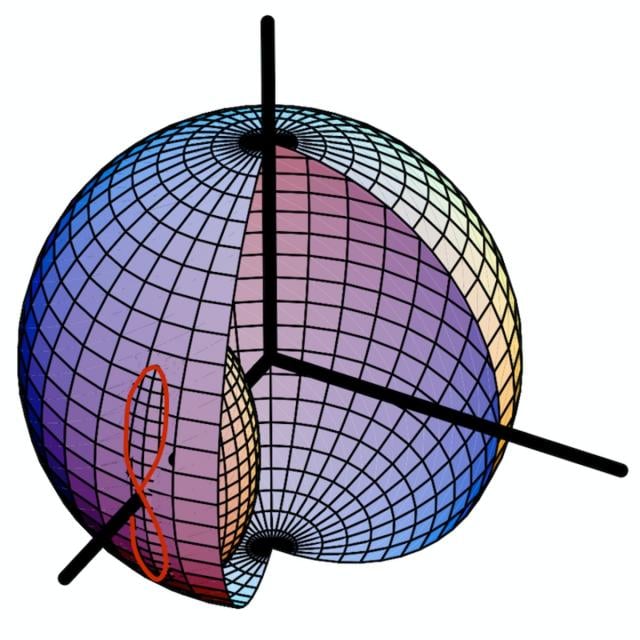MOOC List is learner-supported. When you buy through links on our site, we may earn an affiliate commission.

MOOC List is learner-supported. When you buy through links on our site, we may earn an affiliate commission.
The course ends with a look at static attitude determination, using modern algorithms to predict and execute relative orientations of bodies in space.
After this course, you will be able to...
* Differentiate a vector as seen by another rotating frame and derive frame dependent velocity and acceleration vectors
* Apply the Transport Theorem to solve kinematic particle problems and translate between various sets of attitude descriptions
* Add and subtract relative attitude descriptions and integrate those descriptions numerically to predict orientations over time
* Derive the fundamental attitude coordinate properties of rigid bodies and determine attitude from a series of heading measurements
Course 1 of 4 in the Spacecraft Dynamics and Control Specialization
Syllabus
WEEK 1
Introduction to Kinematics
This module covers particle kinematics. A special emphasis is placed on a frame-independent vectorial notation. The position velocity and acceleration of particles are derived using rotating frames utilizing the transport theorem.
WEEK 2
Rigid Body Kinematics I
This module provides an overview of orientation descriptions of rigid bodies. The 3D heading is here described using either the direction cosine matrix (DCM) or the Euler angle sets. For each set the fundamental attitude addition and subtracts are discussed, as well as the differential kinematic equation which relates coordinate rates to the body angular velocity vector.
WEEK 3
Rigid Body Kinematics II
This module covers modern attitude coordinate sets including Euler Parameters (quaternions), principal rotation parameters, Classical Rodrigues parameters, modified Rodrigues parameters, as well as stereographic orientation parameters. For each set the concepts of attitude addition and subtraction is developed, as well as mappings to other coordinate sets.
WEEK 4
Static Attitude Determination
This module covers how to take an instantaneous set of observations (sun heading, magnetic field direction, star direction, etc.) and compute a corresponding 3D attitude measure. The attitude determination methods covered include the TRIAD method, Devenport's q-method, QUEST as well as OLAE. The benefits and computation challenges are reviewed for each algorithm.
MOOC List is learner-supported. When you buy through links on our site, we may earn an affiliate commission.
MOOC List is learner-supported. When you buy through links on our site, we may earn an affiliate commission.
